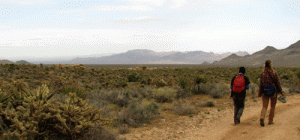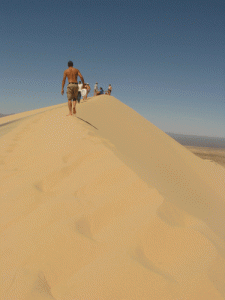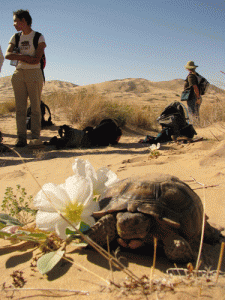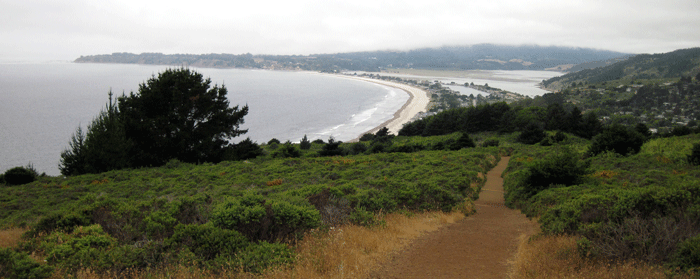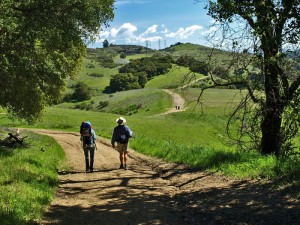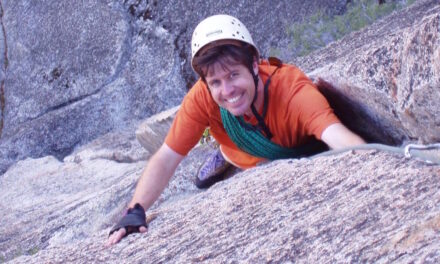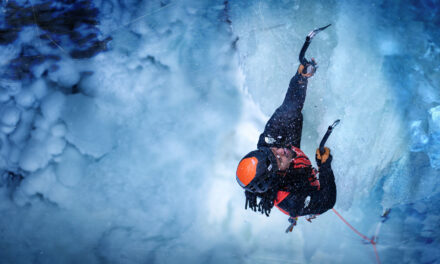- Paddling My Own Canoe - 10/01/2018
- West Coast Board Riders Club - 10/01/2018
- Never Too Oldfor Gold - 07/29/2018
Mojave National Preserve
Words by Haven Livingston
California deserts have long been winter hideaways for outdoor adventurers. The stark beauty reveals a complex and fragile ecosystem that draws you in and keeps you coming back to learn more.
Tucked away on the southeastern edge of California, the Mojave National Preserve is a desert playground often overlooked because of the popularity of neighboring national parks, Death Valley to the north and Joshua Tree to the south. Bound by Interstate arteries 15 and 40, this little known corner of the State is actually the third largest National Park Service area outside of Alaska. (Death Valley and Yellowstone National Parks rank first and second.) It’s called a National Preserve instead of a National Park mainly because hunting is allowed. Go figure.
The landscapes range from granite mountains to volcanic cinder cones to limestone caves to sand dunes with elevations from 880 feet near Baker to 7,492 feet at the top of Clark Mountain. There are plenty of peaks to climb, but GPS navigation in the Preserve is notoriously unreliable, so stop at the Hole-in-the-Wall information center or Kelso Depot for an old-fashioned paper map to find your way into the recesses of the preserve.
Three of the four major North American deserts intersect at Mojave National Preserve: the Mojave, Great Basin, and Sonoran. Natural springs combined with varied elevations and soil types support a wide diversity of plant and animal life. Be on the lookout for bighorn sheep, jumping cholla, and rattlesnakes. There is even a smart phone app to report sightings of the threatened desert tortoise. And even though another National Park sports the name, the densest, largest joshua tree forest in the lower 48 is found here.
One star attraction in the Preserve is Kelso Dunes. At nearly 700 feet tall, they are the third tallest dunes in North America, and they sing! Gather your friends at the top of the dunes, lie down on your bellies and literally swim downhill through the sand. The moaning hum makes the dunes come alive.
Though there are over a thousand miles of dirt roads open for exploration by 4-wheel drive vehicle, mixing bike touring with hiking is the surest way to slow to desert pace and explore back road sights. The most classic hike is 1.5 miles through the volcanic tuft Hole-in-the-Wall area where the name is proven true in the walls of Banshee Canyon. This is also the launching point for many longer loop trails.
As with all desert travel, water is scarcely available, so come prepared. Unless you are an experienced desert hiker, do not travel far distances alone in this unforgiving terrain. Winter wind can be persistent and temperatures chilling; dress accordingly. Even when deserts landscapes appear to be barren, they are alive and delicate! Stay on trails to prevent crushing cryptobiotic soil and other tiny creatures.
For more information visit: http://www.nps.gov/moja/index.htm

